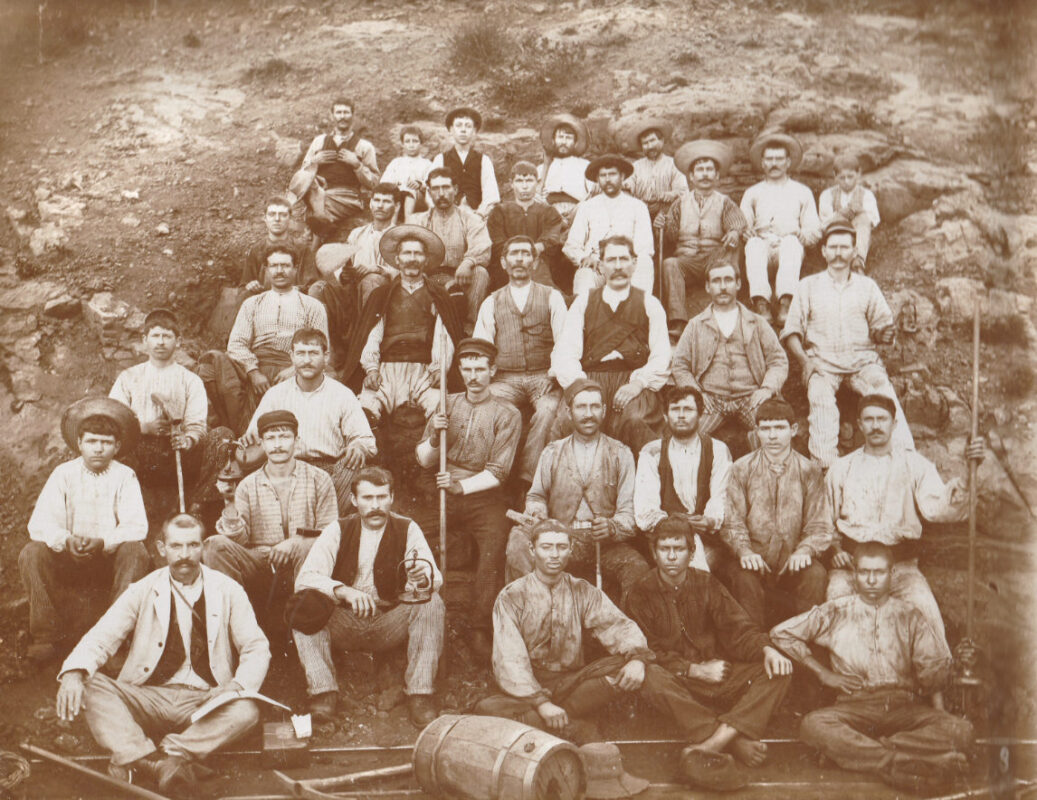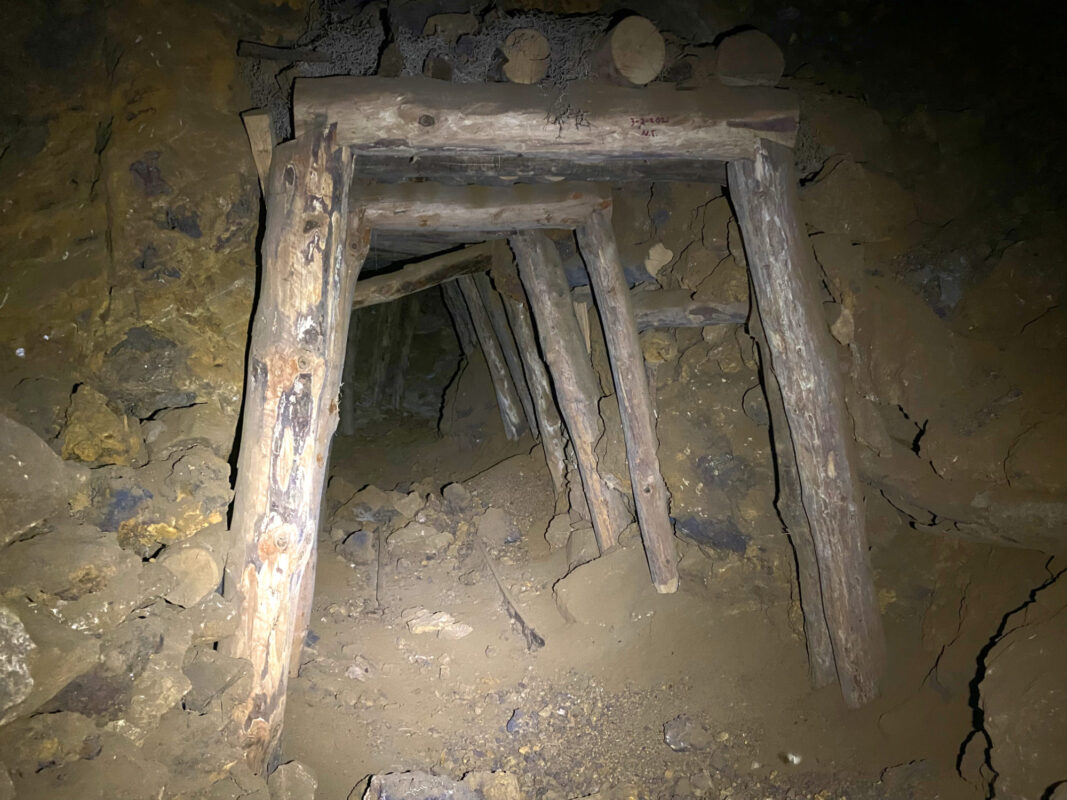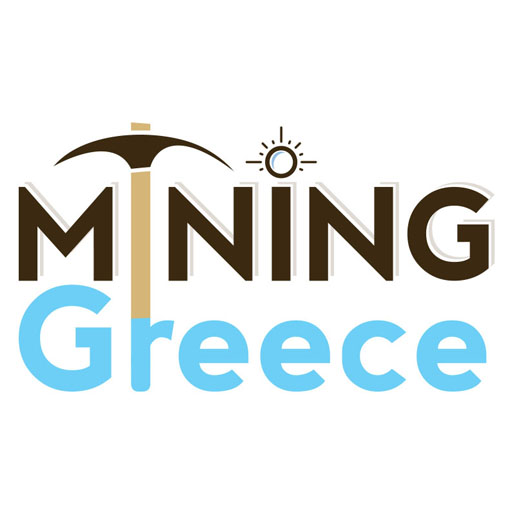
Since ancient times, the island of Serifos has been identified by its mines, since metallurgical activities go back to Proto-Cycladic times (3rd millennium BC). Serifos was a force to be reckoned with even before the Hellenistic period due to the deposits it possessed, a fact that already allowed it in the 6th century BC to acquire its own coins, which depicted Perseus, Medusa’s head, or the serifian frog, associated with the local cult of Perseus.
In Serifos, we mainly find ores from which iron is produced (hematite and magnetite), which are found with a high degree of concentration of iron ore. These were mined in modern times, while in ancient times copper was mined at the Kountouros site, as evidenced by the remains of slag from copper smelting at the “Skouries” site from prehistoric times to late antiquity.
After WWII, the era of mining began in the middle of the 19th century. Specifically, in 1861, the first law regarding mining activities was passed in Greece. In 1867 it was amended and passed as the “Mines and Minerals” law. The purpose of that law was to encourage foreign investment and direct domestic savings to the exploitation of the wealth of the Greek land. Indeed, within a few years of the passing of the law, there was an unprecedented fever for the research and exploitation of the Greek subsoil. A fever of concessions followed in various parts of Greece, including Serifos. During the first decades of subsoil exploitation in the island, the research leading to mineralization was relatively easy, as the locations of iron deposits were visible to those in the know even with the naked eye, especially at the contact points of keratite and marble deposits. The miners followed these clues and managed to reach the deepest ore deposits through tunnels.

Once the existence of ore was confirmed at the surface, it was time to open a tunnel that followed the vein of the metal. Opening the galleries was done with a combination of manual labor and the use of explosives. Inside the rock, with the use of a sledgehammer (majakona) dynamite holes furnelotrypes, were opened “with the paramina and the matsakoupi” – as the miners used to name the tools – where the furnela (dynamite sticks) would be placed to open the gallery. Then, the exploitation of the ore begins. Hoes, pickaxes, and shovels were the tools used by the workers, to aid the mining. Of course, there were also cases where “exploratory” tunnels were opened, longitudinal or transverse, to define the area where the ore extended. These either confirmed the continuity of the vein or not, remaining “blind” and unexploited.
Then, the mining of the ore began. The arcades were enlarged by creating chambers, pillars, levels, corridors, and intersections, while at the same time, ore was mined from these points. Where the safety of the workers allowed – which was not a top priority – the poles were removed, as well as the ore contained in them, on the floor or ceiling of the respective chamber. For additional support of the galleries, where the hard and cohesive rocks did not ensure stability, or where the rocks were fragile and fragmented, the method of wooden ties was applied. To ventilate galleries where there was not enough oxygen in them, openings were made at higher levels. Since most galleries ended up being quite deep or long, lighting was minimal during the miners’ working hours. Oil and later acetylene lamps were used for lighting.

The miners eventually created in the heart of the hills of SW Serifos a labyrinthine mining and transportation system with countless branches, different levels of mining, two or even three stories, which often collapsed and created excessively high “rooms” that resembled caves. The collapse of the roofs of the arcades was of course also noticeable externally, where one could spot the so-called “vuliamenda”, huge openings in the hillsides.
